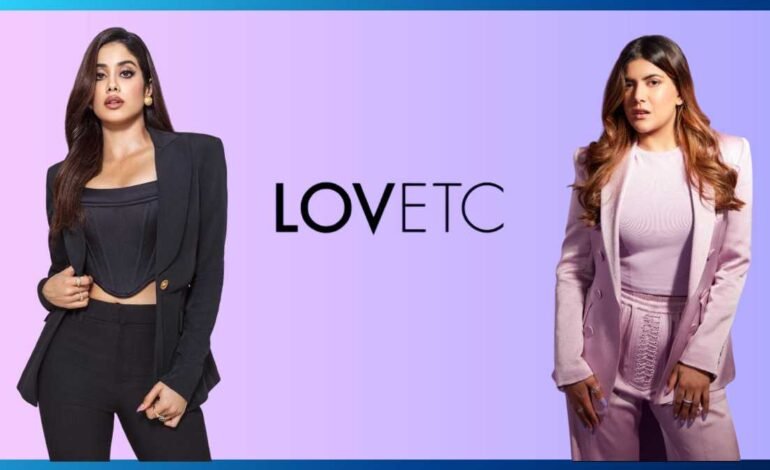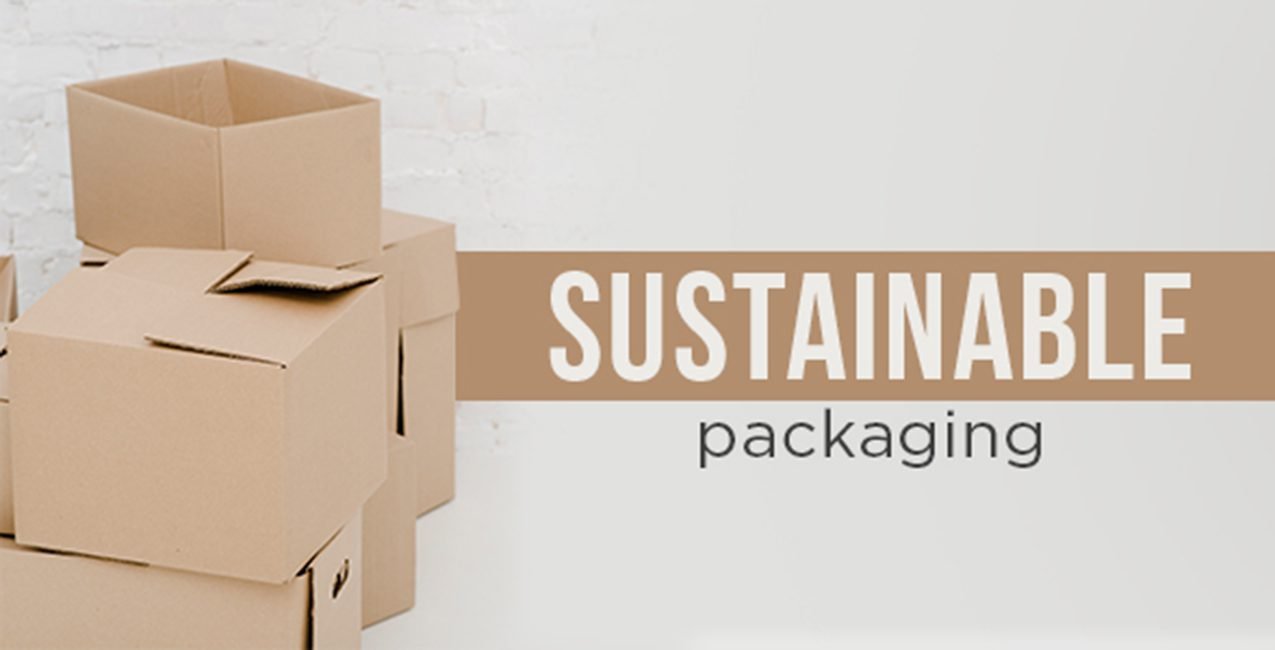
Google Unveils Veo 2: A Leap Forward in AI-Powered Video Creation
In a major stride towards the future of content creation, Google has officially launched Veo 2—an advanced generative AI model that promises to transform the way videos are made. Touted as a groundbreaking innovation in the field of AI video generation, Veo 2 builds on the success of its predecessor with higher quality, longer duration support, and a deeper understanding of cinematic concepts.
As AI tools become essential for creators, brands, and filmmakers, Google’s Veo 2 is poised to set a new benchmark in automated video creation.
What is Veo 2?
Veo 2 is Google DeepMind’s latest video generation model, capable of producing high-definition, realistic, and stylized videos from text prompts or image references. The model supports videos of up to 60 seconds or more, handles complex visual elements, and mimics camera techniques like slow motion, timelapse, and cinematic depth of field.
Key features include:
- 4K resolution support
- Dynamic camera movement and composition
- High-quality frame consistency
- Prompt-to-video storytelling with detailed scene transitions
- Inpainting and editing capabilities
This next-gen model pushes the boundaries of what AI can achieve in creative visual storytelling.
How Does Veo 2 Work?
Veo 2 uses multimodal learning—combining natural language understanding with computer vision and generative AI capabilities. Users simply input a text prompt, and the model generates a complete video clip aligned with the description.
Example prompts like:
- “A timelapse of a city skyline transitioning from day to night”
- “A drone shot over a mountain range at sunrise”
…can yield cinematic-quality outputs in seconds.
In addition to text prompts, Veo 2 also accepts image references or sketches, enabling more control over output visuals and style.
What’s New in Veo 2 Compared to Previous Versions?
Google Veo 2 introduces key improvements over the first iteration:
| Feature | Veo (First Gen) | Veo 2 (Latest) |
|---|---|---|
| Max Video Length | Up to 20s | Up to 60s+ |
| Output Resolution | HD | 4K Ultra HD |
| Prompt Detail | Basic text | Detailed text + image input |
| Style Control | Limited | Cinematic, artistic, abstract, realistic |
| Editing Features | None | Inpainting, interpolation, frame correction |
| Scene Understanding | Linear | Multi-scene, complex transitions |
These upgrades cater to the needs of advanced content creators, marketing professionals, and filmmakers alike.
Use Cases of Veo 2
Veo 2 isn’t just a tool—it’s a powerful creative assistant that unlocks new workflows and possibilities for:
1. Content Creators & Influencers
- Quickly generate visually engaging reels and shorts
- Customize videos with stylized effects and branding
2. Marketing & Advertising
- Produce high-quality product showcase videos
- Create viral campaign visuals without a film crew
3. Film & Animation Studios
- Prototype storyboards and scenes in real-time
- Experiment with styles, lighting, and transitions
4. Education & eLearning
- Create explainer videos or historical recreations
- Simplify video-based teaching with auto-generated scenes
5. Gaming & Virtual Worlds
- Visualize new environments or character journeys
- Design cutscenes and narratives instantly
With Veo 2, production becomes more efficient, cost-effective, and accessible to non-technical users.
How to Access Veo 2?
Currently, Veo 2 is available to select creators through Google Labs, with a broader rollout expected in the coming months. Creators can join the waitlist or apply for early access via labs.google.
Once rolled out, Veo 2 will likely integrate with other Google creative tools like YouTube Shorts, Google Photos, and Bard AI, making video generation smoother across Google’s ecosystem.
Veo 2 vs. Competitors: How Does It Compare?
While competitors like OpenAI’s Sora, Runway ML, and Pika Labs are also in the race for AI video creation, Veo 2 is making waves for its:
- Cinematic output style mimicking real-world lenses
- Better semantic understanding of prompts
- Tight integration with Google tools
- Advanced scene-to-scene coherence
Its ability to interpret both abstract and realistic prompts, along with long-format generation, makes it a strong contender for professional-grade video automation.
Ethical & Creative Implications
As with all generative AI tools, Veo 2 raises questions around:
- Deepfake risks
- Copyright concerns
- Authenticity in visual storytelling
Google has emphasized that Veo 2 outputs will include AI-generated watermarks and plans to enforce responsible use policies to prevent misuse.
Creators are also advised to disclose the use of AI tools when publishing generated content to maintain transparency and audience trust.
The Future of AI Video Creation
Veo 2 marks a significant milestone in the evolution of AI-assisted creativity. With machine-generated content now indistinguishable from human-crafted visuals, the future points to collaborative creation—where AI handles the technical heavy lifting, and humans lead with vision, emotion, and strategy.
From automated documentaries to personalized ads, Veo 2 opens new frontiers for every creator.
Final Thoughts
The launch of Google Veo 2 represents more than just a software upgrade—it’s a cultural shift in how stories, ads, and digital experiences are created.
Whether you’re a solo creator, a startup brand, or a seasoned video professional, tools like Veo 2 offer a faster, smarter, and more scalable path to production.
As AI video generation continues to evolve, the line between imagination and reality gets thinner—and with Veo 2, the future of visual storytelling has truly arrived.






